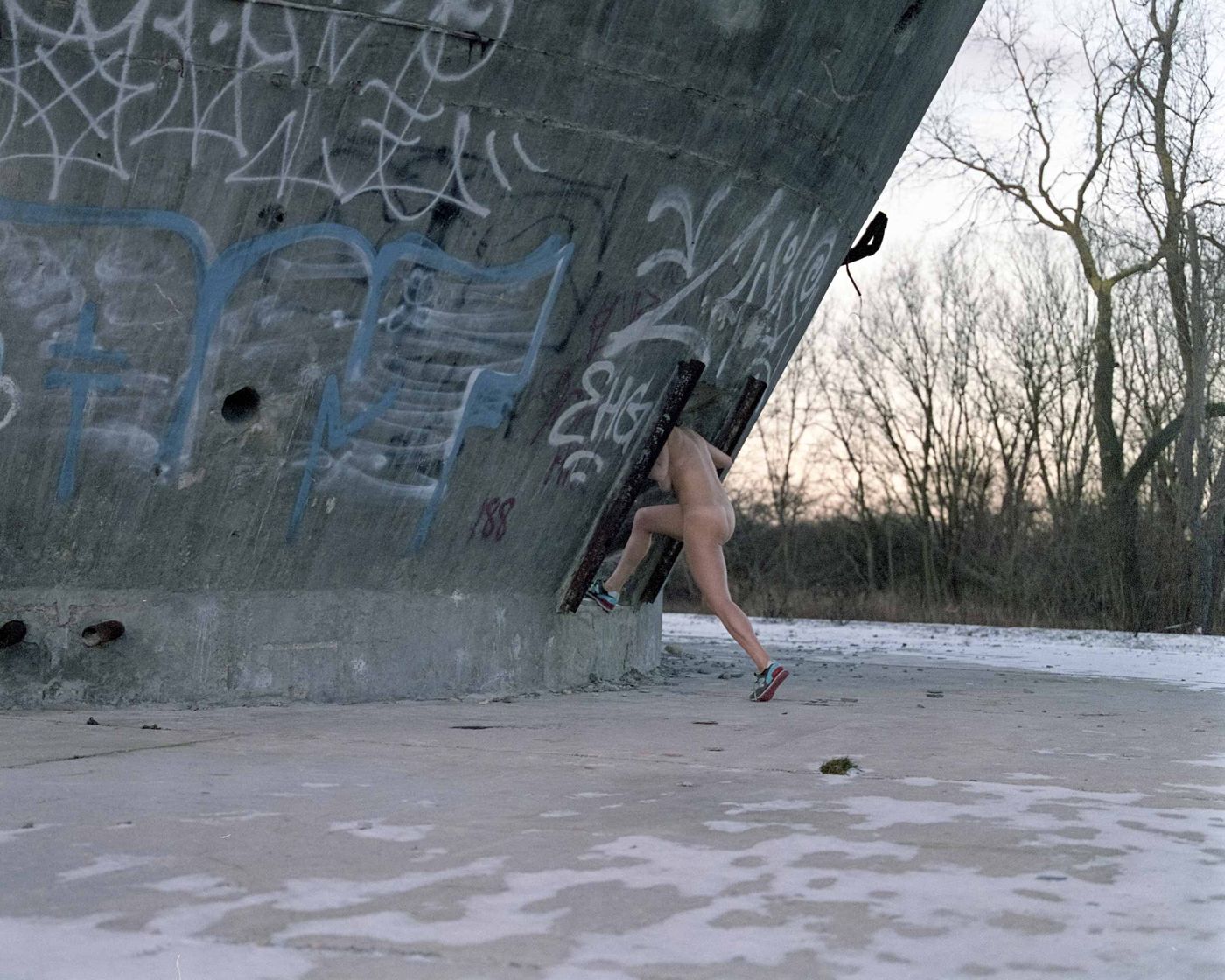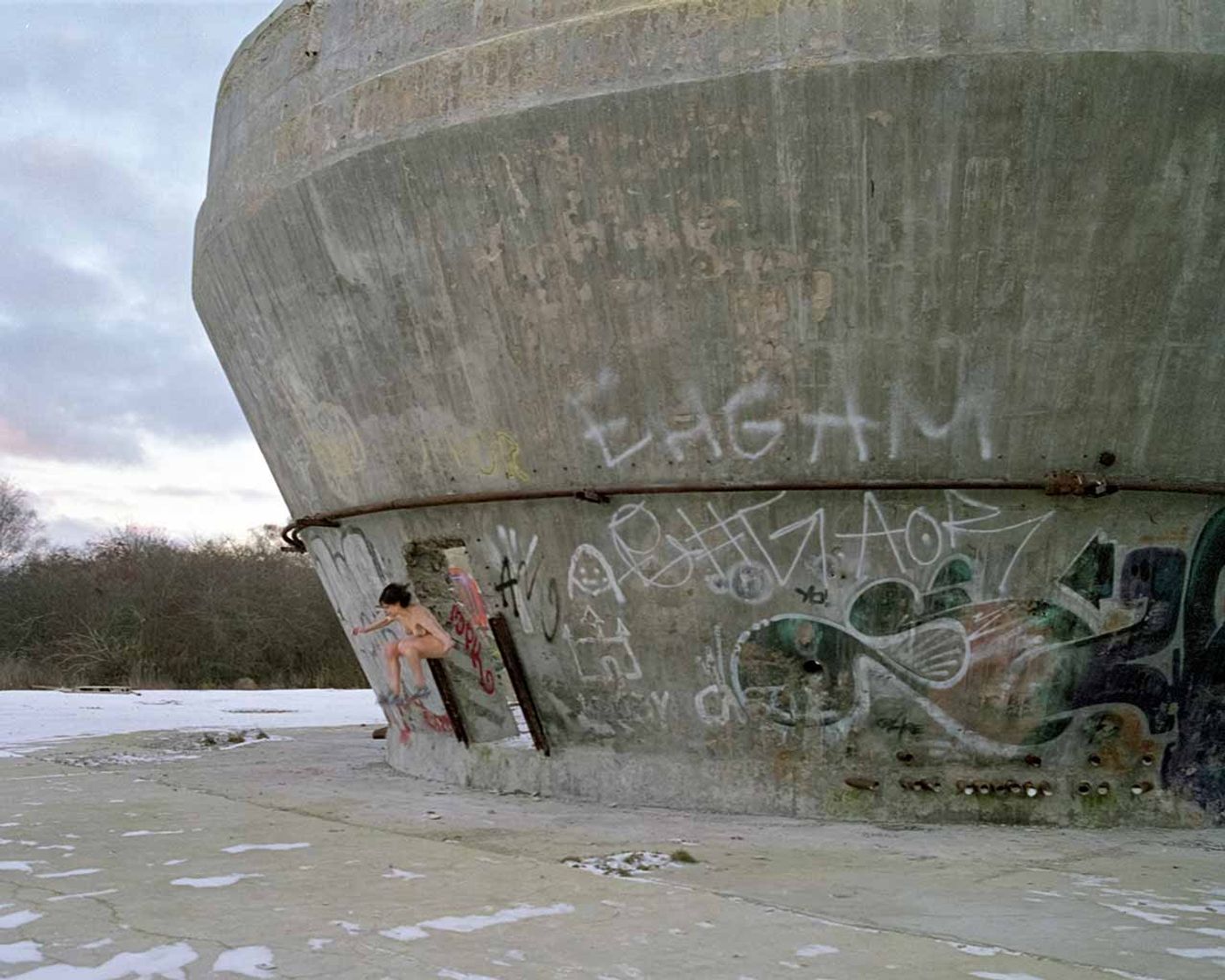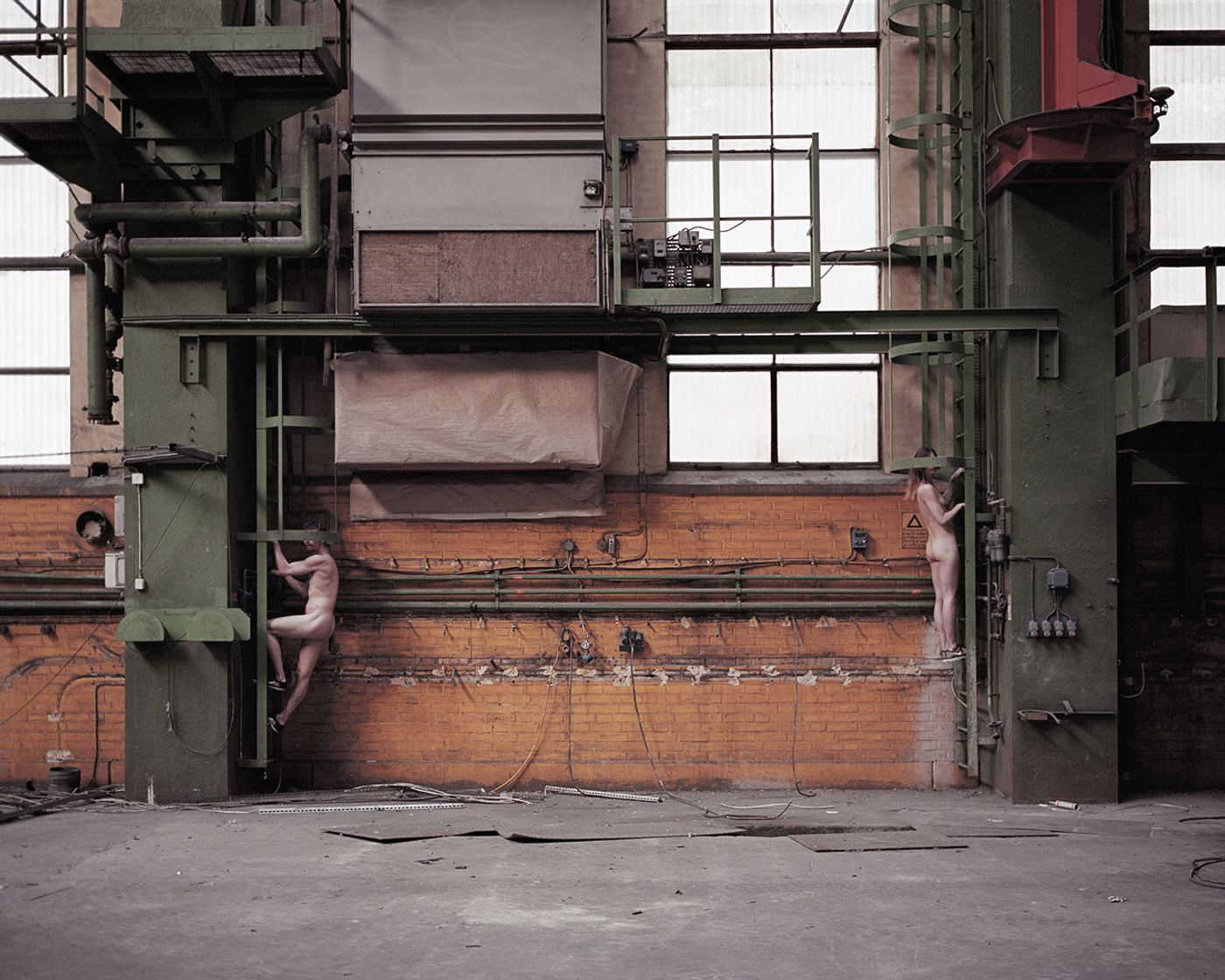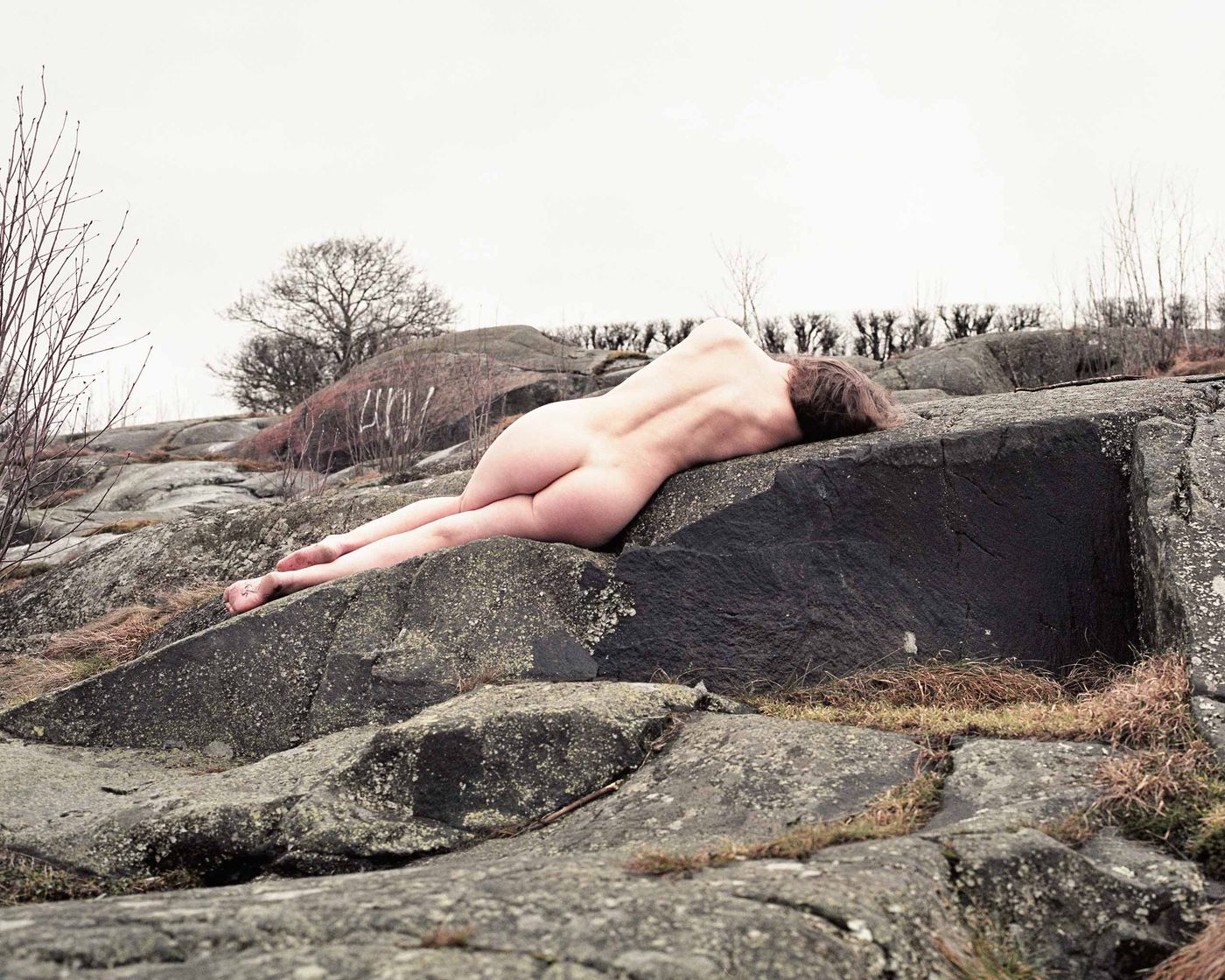
Human Behaviour: Interview with British Photographer AdeY
Words by Eric David
Location
Human Behaviour: Interview with British Photographer AdeY
Words by Eric David
Looking at British-born photographer AdeY’s series of images of naked bodies captured in oneiric, fluid poses, you could be mistaken in thinking that they’re stills from a contemporary dance video and you wouldn’t be far off. AdeY, based in Malmö, Sweden, is also an acclaimed choreographer—his credits include collaborations with Skånes Dansteater in Sweden and Kannon Dance in Russia among others—and his photographic work reflects his dual passions. His naked subjects, captured by his camera in frozen motion or in tentative stasis, alone or in groups, embody, figuratively and metaphorically, the human condition. They expose “our venerability, loneliness, strengths and expectations” and challenge our social norms regarding gender and normative behavior.
AdeY’s work has been featured in several magazines in Europe and the US as well as in a limited edition photo-book out by Fotogalleri Vasli Souza. Yatzer spoke with AdeY about his fascination with the human body, his work as a photographer and his modus operandi as an artist.
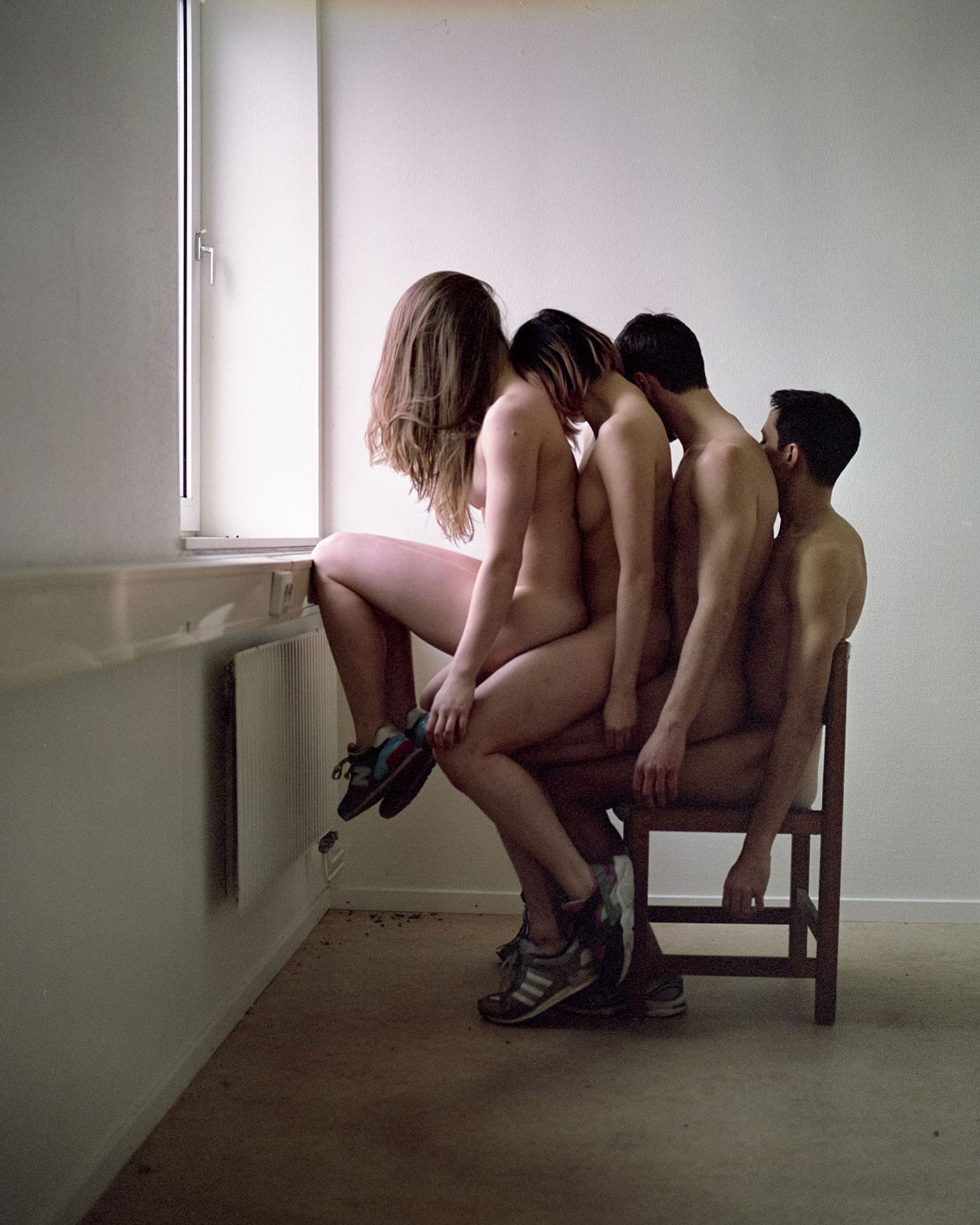
AdeY, Haphazard, 2016.
How has your career as a choreographer influenced you as a photographer and vice versa? Which came first?
Through working as a choreographer and contemporary dancer for a number of years I have gained a unique perspective of how the body interacts and relates to space. Photography started as a hobby alongside my dancing but they grew together and merged into what I create now. So although the dancer/choreographer came first, now the photographer wants centre stage.
What are the underlying ideas behind your photographic series? Are you guided mostly by conceptual or aesthetic criteria?
My work is fuelled by inequalities that I see and experience. I felt compelled to try and address the portrayal of the nude body in photography especially with regards to marketing and social media. Every day I see examples of the body being objectified and feel this is something that we as humans are becoming conditioned to. In my opinion, nudity rarely has to be sexy or about sex! Therefore I would say the concept drives the aesthetic but it can also be the other way around.
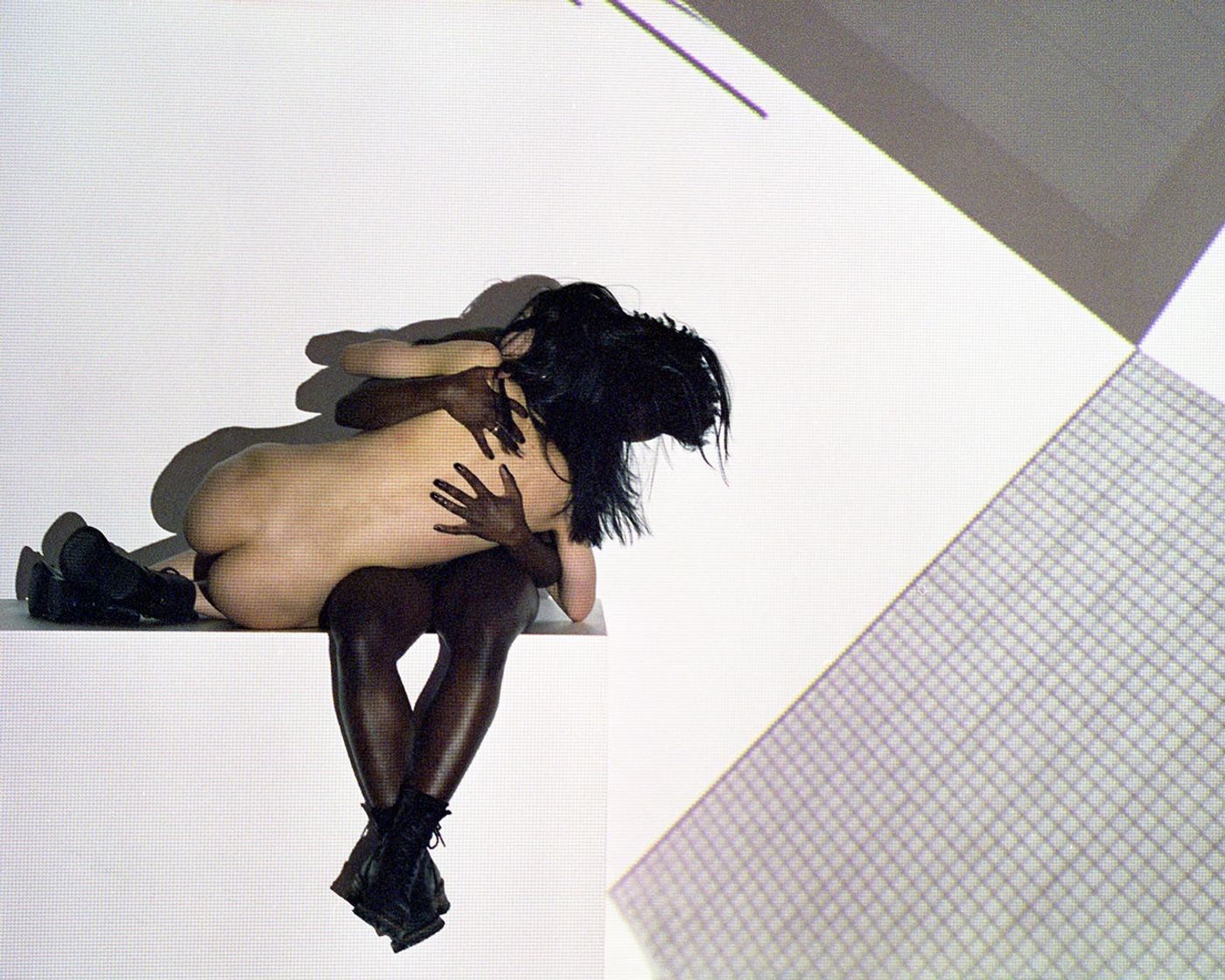
AdeY, Commitment, 2016.
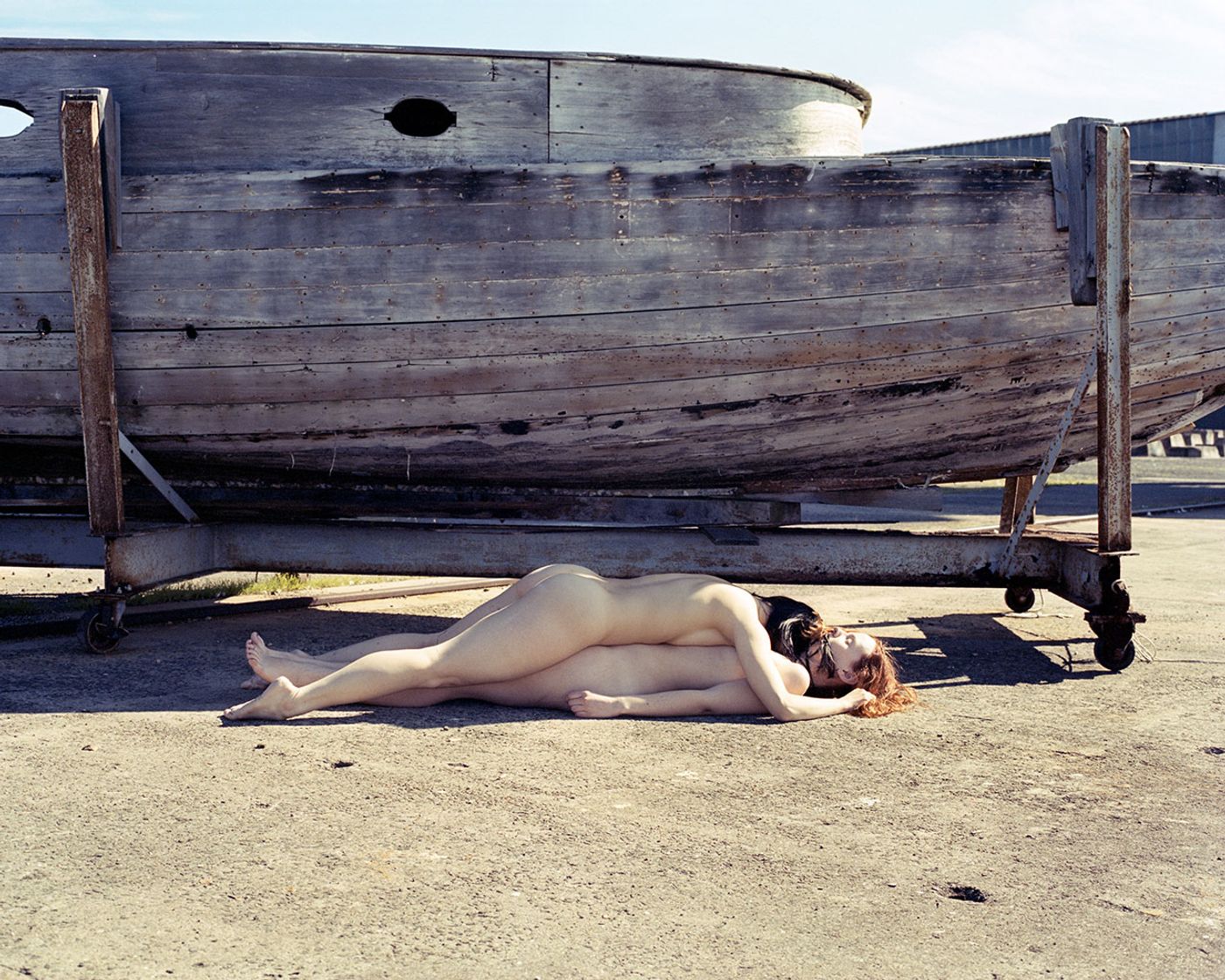
AdeY, Moored, 2015.
"Every day I see examples of the body being objectified and feel this is something that we as humans are becoming conditioned to. In my opinion, nudity rarely has to be sexy or about sex!" —AdeY
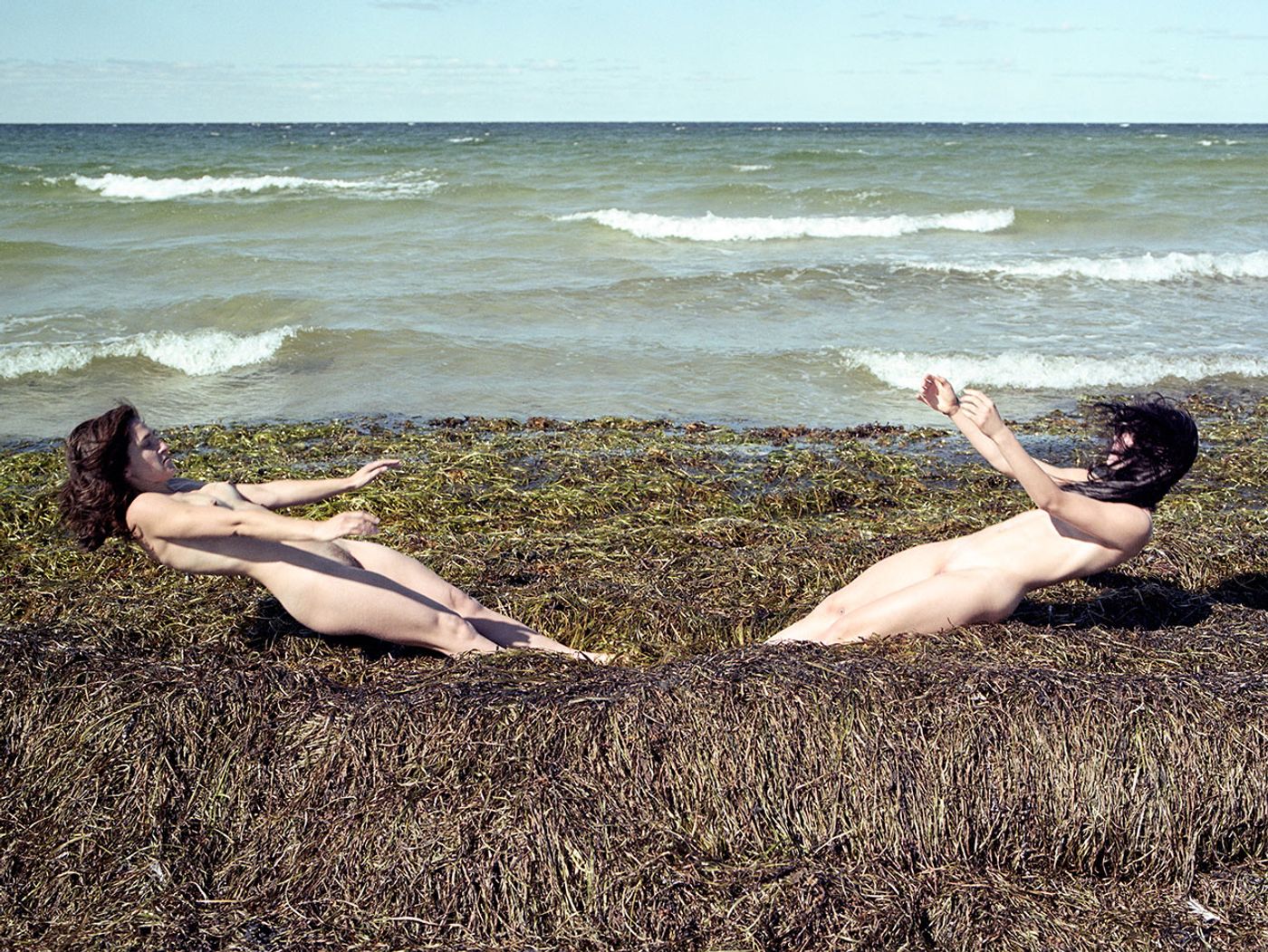
AdeY, Engulfed, 2015.
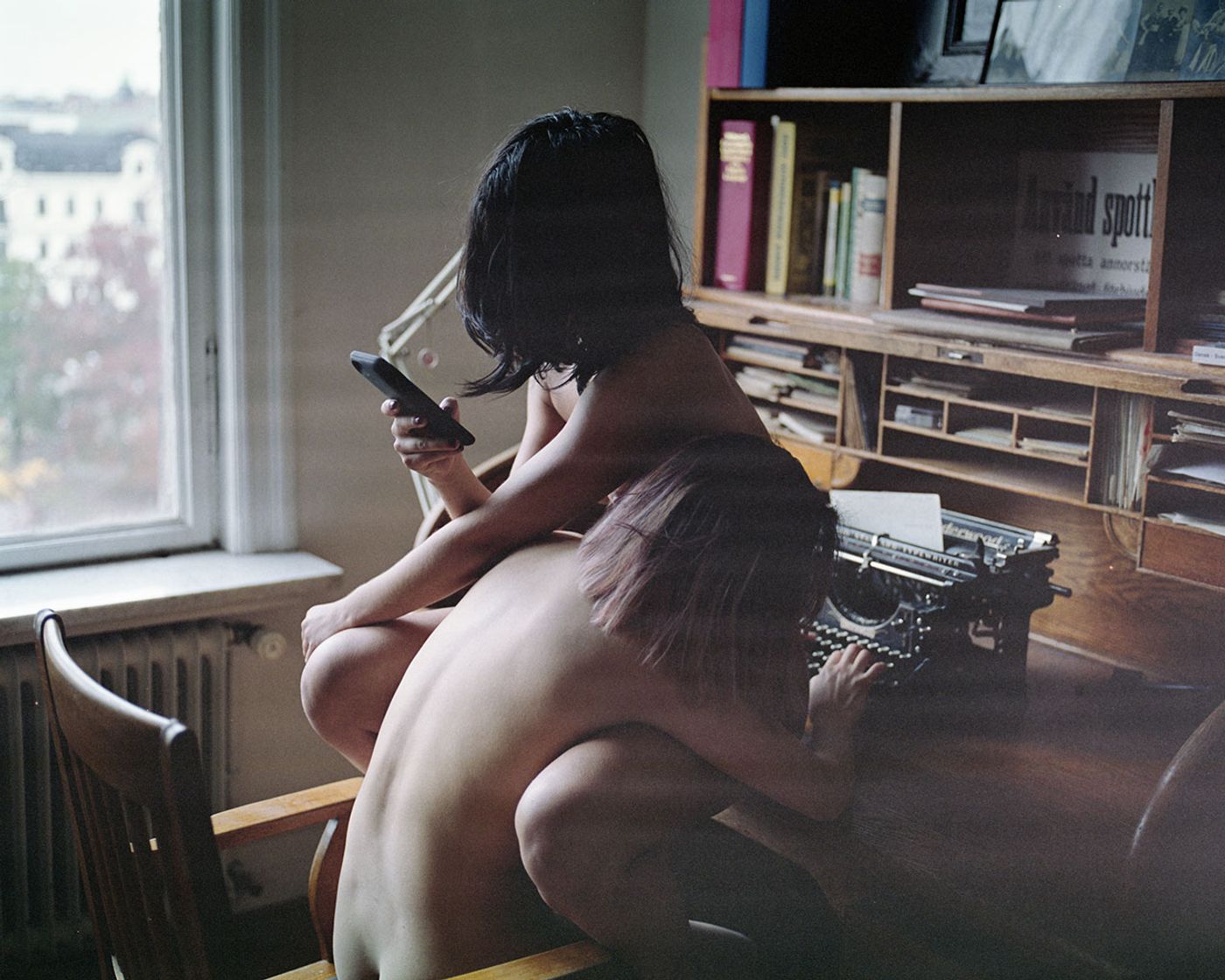
AdeY, Comms, 2015.
Which are the things or people that have inspired you?
Film has been a huge inspiration on both my photographic and choreographic works. I remember watching Eyes Wide Shut at the cinema in 1999 completely mesmerised and then later learning that everyone else I knew who had seen it either walked out or hated it. The film just talked to me in such a way that I struggled to understand why others didn’t connect in the same way.
What prompted you to use naked models for your photographs? Is it a symbol of vulnerability? What is the significance, if any, of always concealing the models’ faces?
This kind of relates to my answer in the second question but yes I would say there is a lot of vulnerability both in myself and my work. I conceal the models’ identity as I find it more interesting to express emotion or mood through the body and not rely on facial expression.
What prompted you to use naked models for your photographs? Is it a symbol of vulnerability? What is the significance, if any, of always concealing the models’ faces?
This kind of relates to my answer in the second question but yes I would say there is a lot of vulnerability both in myself and my work. I conceal the models’ identity as I find it more interesting to express emotion or mood through the body and not rely on facial expression.
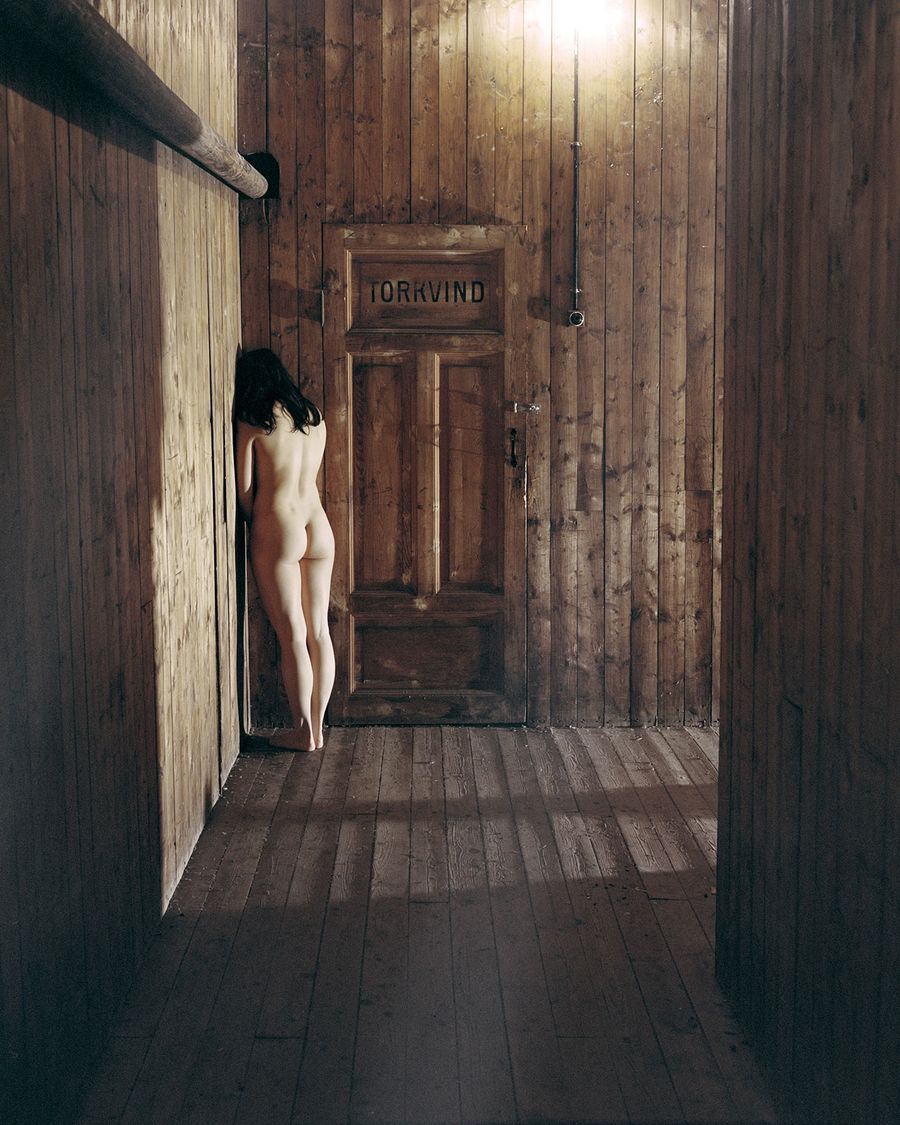
AdeY, Lost Laundry, 2014.
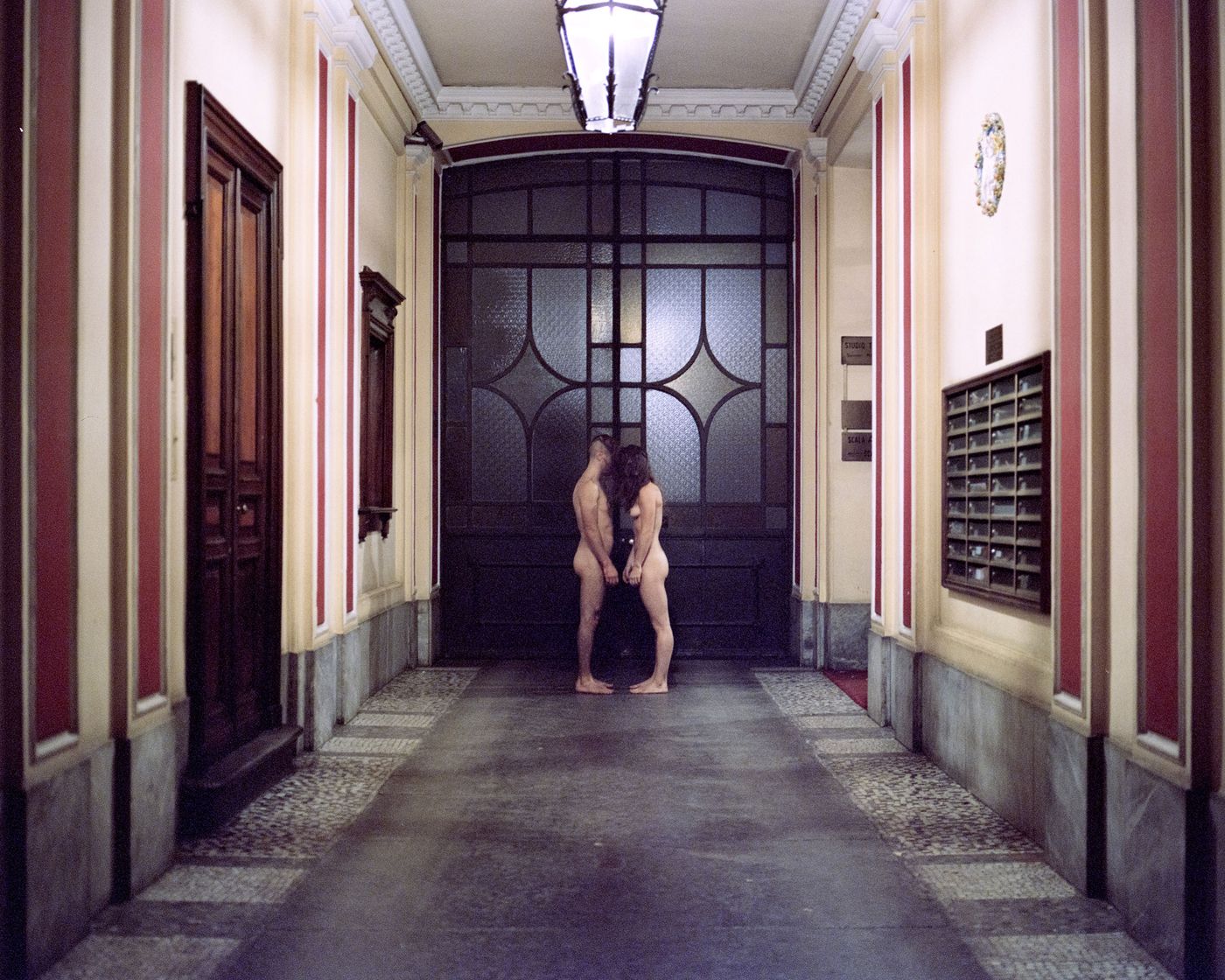
AdeY, Clerical Celibacy, 2015.
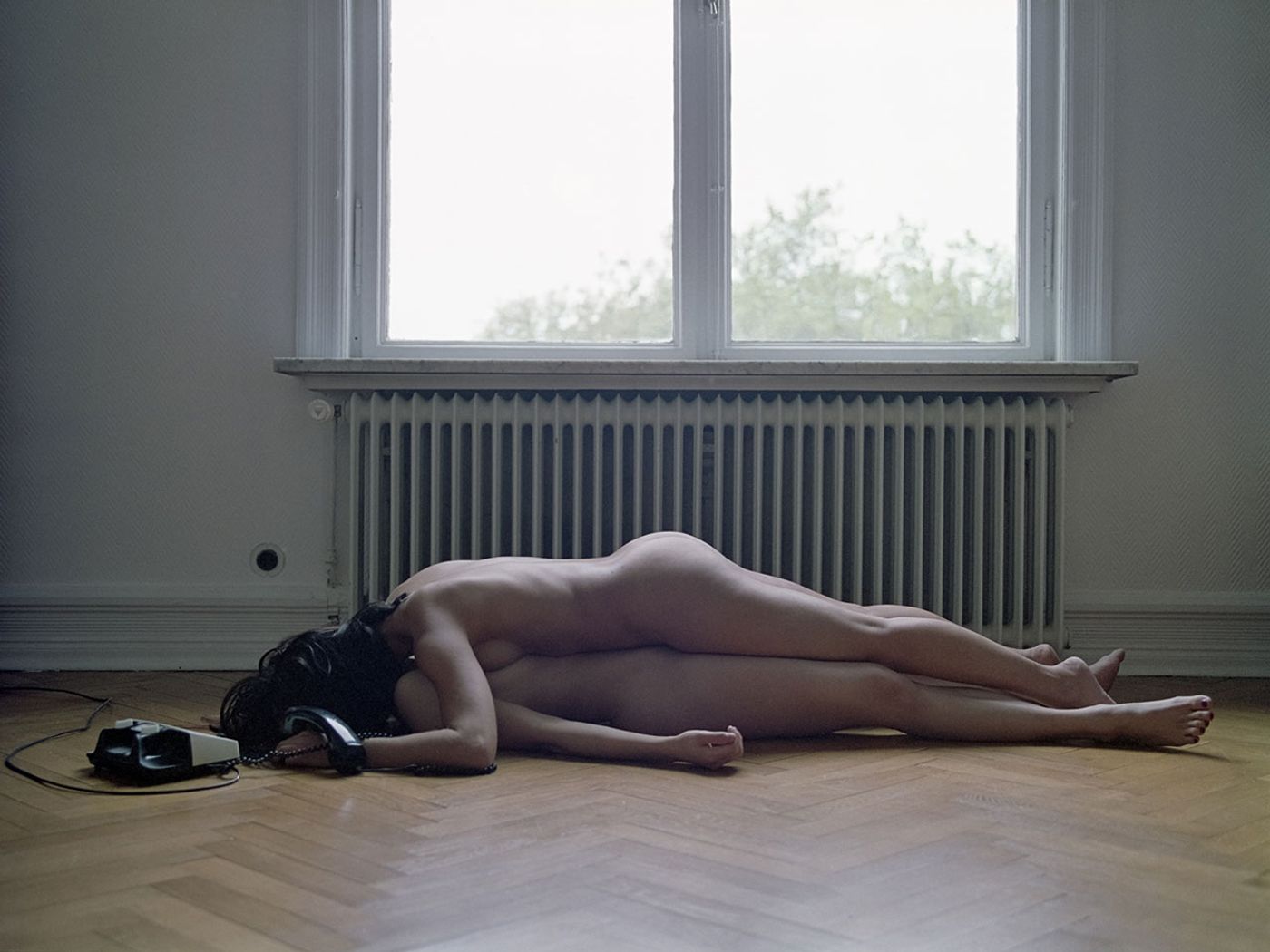
AdeY, Emergency, 2015.
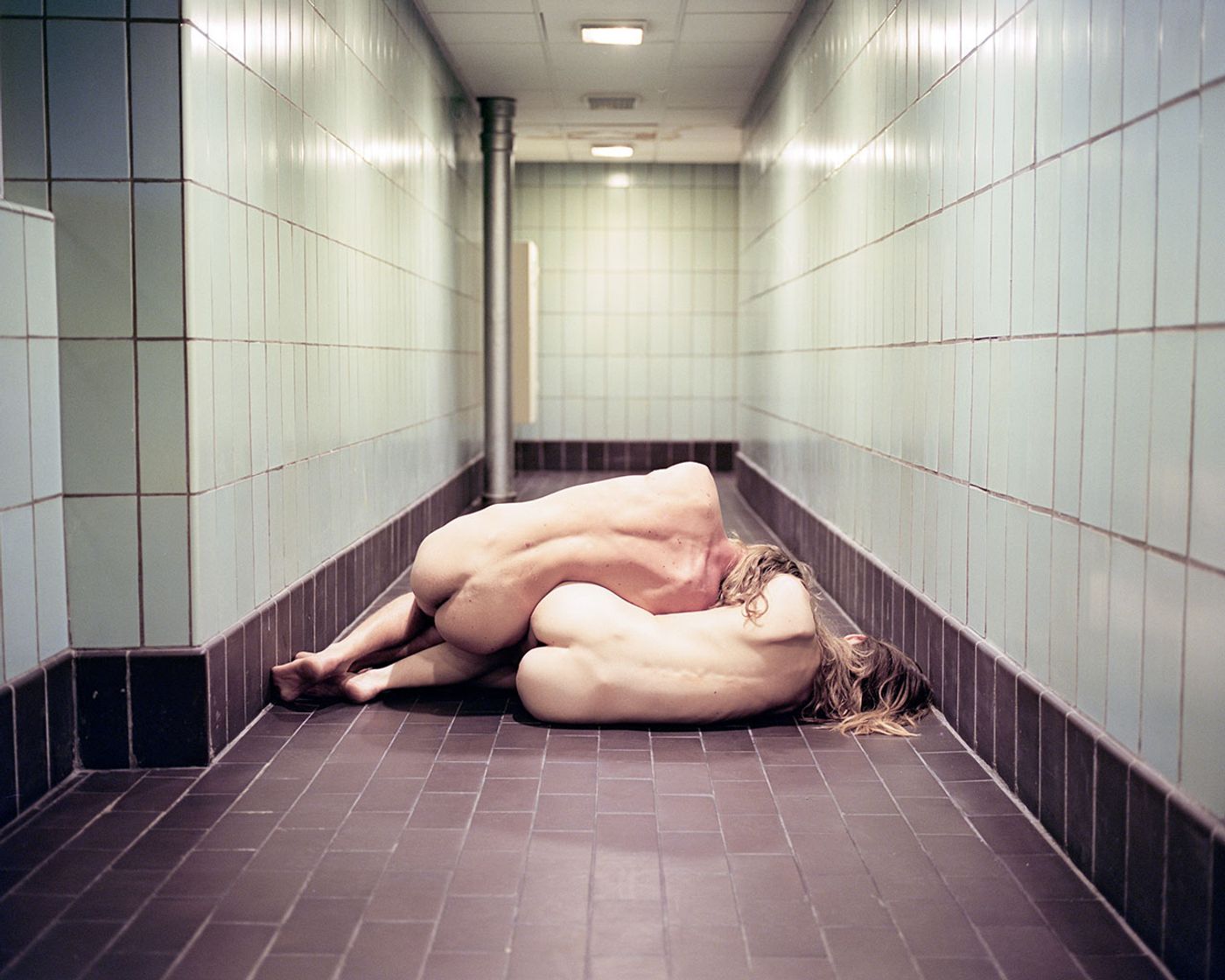
AdeY, Monogamy, 2015.
You prefer to use film rather than digital photography, why is that?
There are many reasons why I shoot on film but the main two are that firstly I’m forced to slow down and secondly I converse more with my models. I normally only get through 3-4 rolls per shoot but feel fairly confident with getting what I wanted by taking my time. Developing and scanning the film myself started originally as a cost saving measure but now I think I like the fact I’ve had a hand in the process from start to finish... or maybe I just don’t trust anyone else…?After all is said and done I am also in love with the look and grain of 120 film!
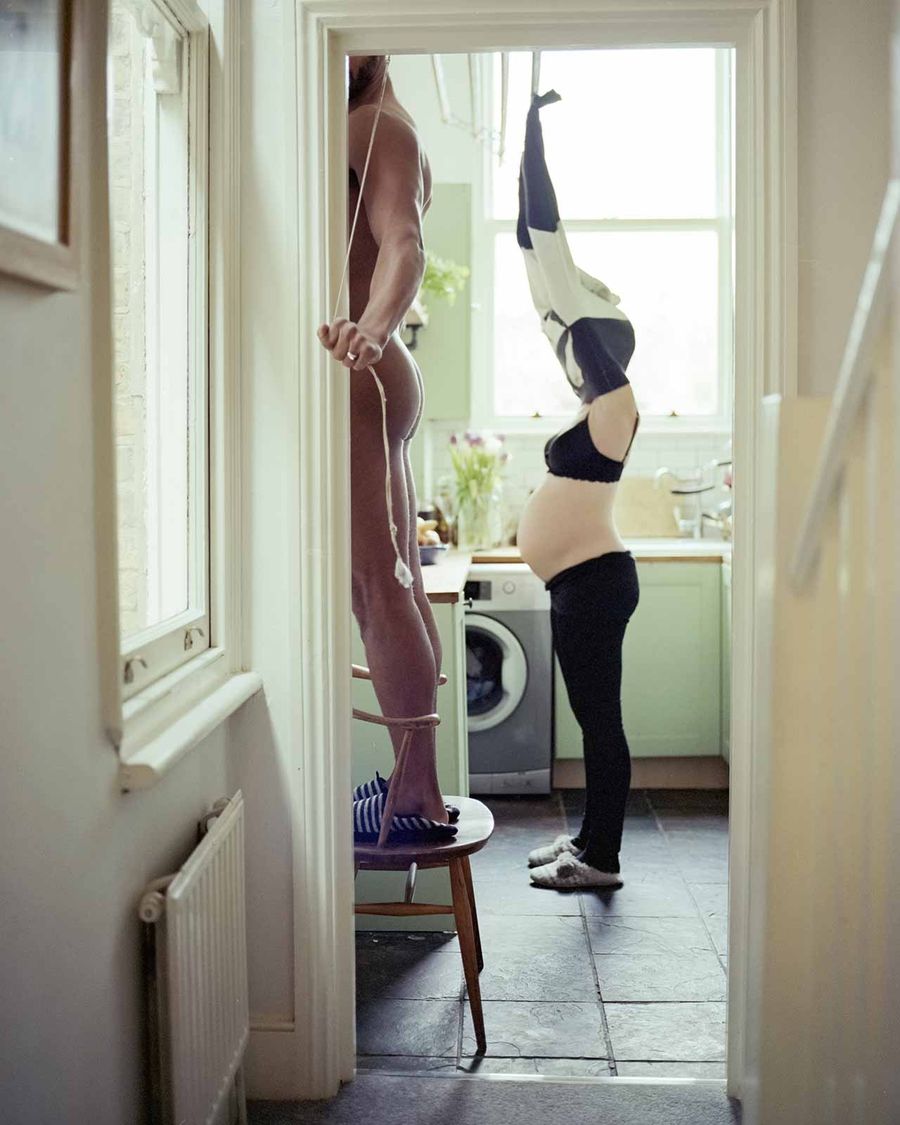
AdeY, Countdown, 2015.
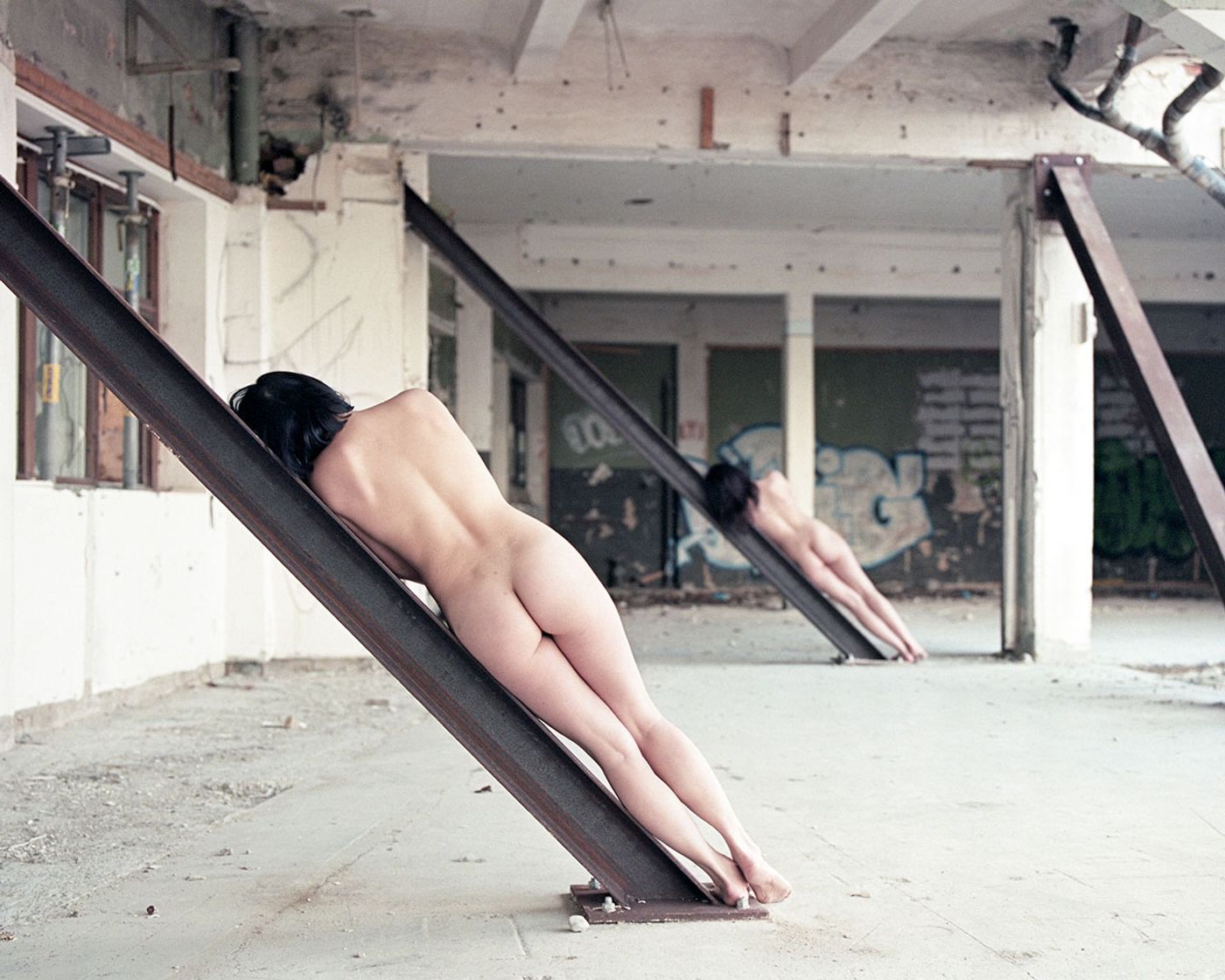
AdeY, Naked Souls, 2015.
What is your work process? Do you carefully choreograph the scenes beforehand or do you experiment on the set while shooting?
In some respects I look at all my photography in a choreographic way. I always feel like I’m choreographing a short scene before taking the picture even if it’s a static scene. A lot of my models are dancers or performers and we normally play around with a lot of movement before making an image.When working with non-dancers the choreographic skills come in very useful, as I’m able to direct people into a position.
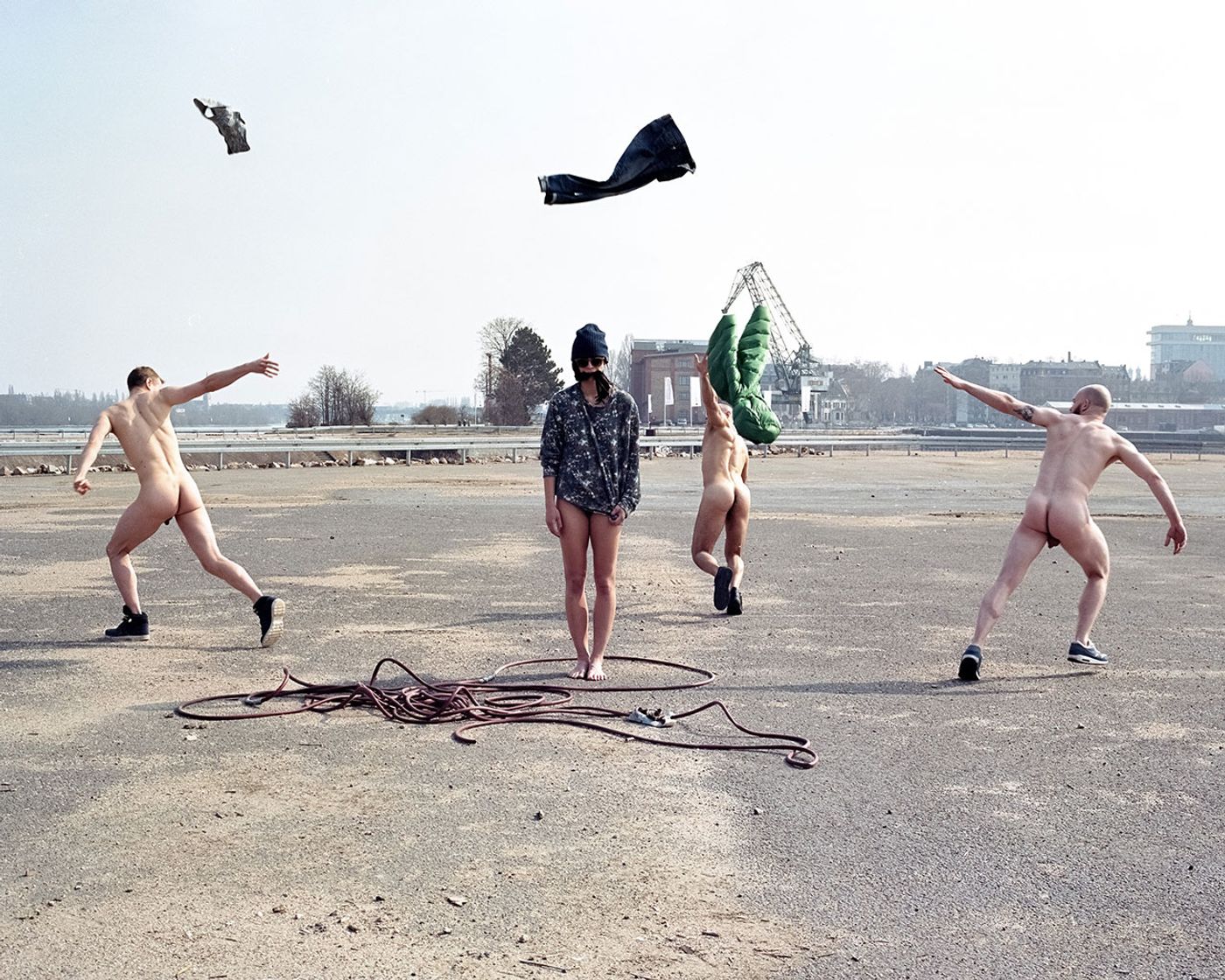
AdeY, Lost & Confused, 2015.
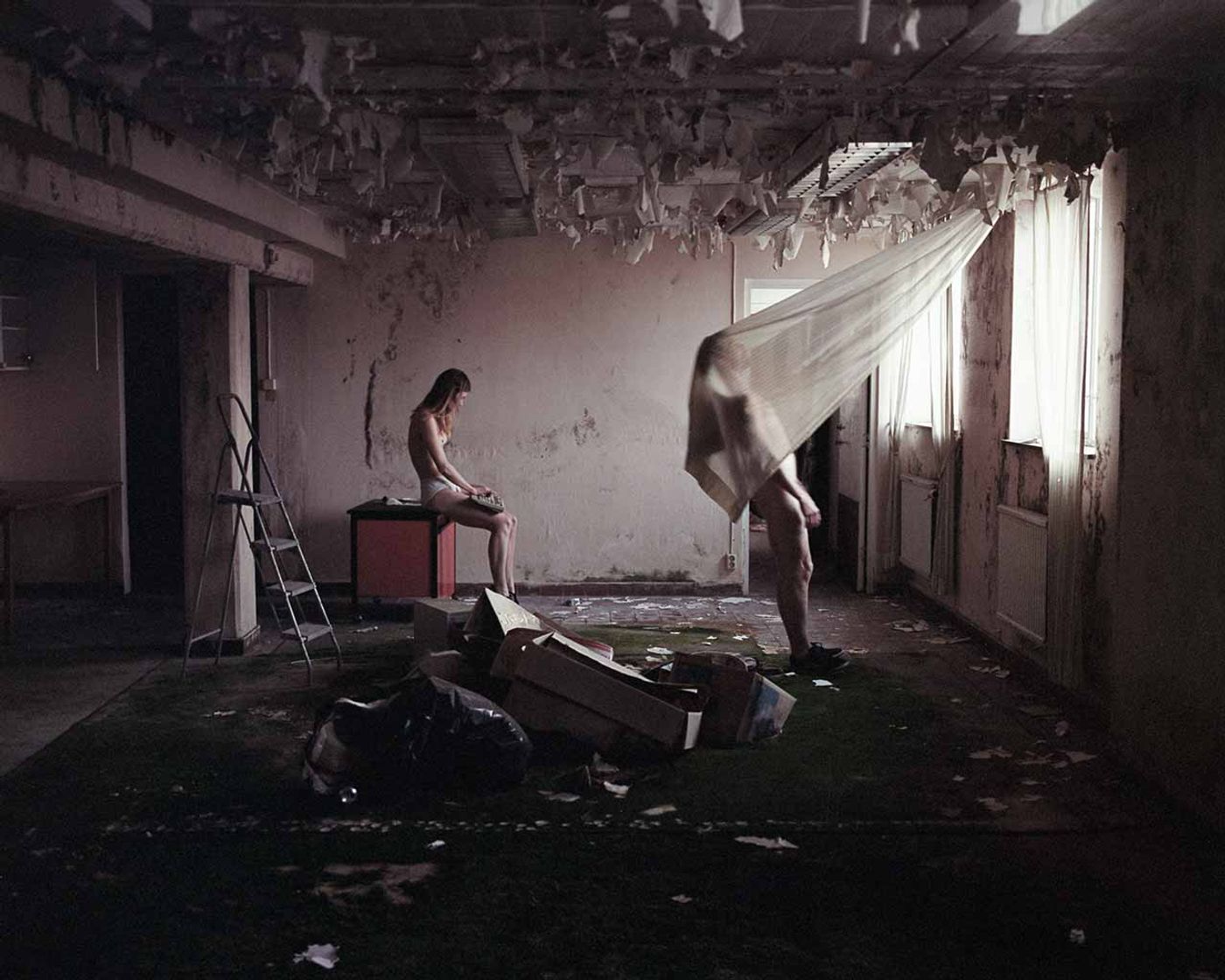
AdeY, Involuntary Migration, 2015.
How do you select the locales for your shoots? They all seem to project a kind of bleakness and melancholia, what is the concept behind that?
I think I have a bleak outlook on life and am attracted to bleak places…….. not always, but there’s something beautiful in a place that once had life.
Why did you choose Malmö to live and work in? How has the city influenced you as an artist?
I was desperate to leave the UK and have always been fascinated with the Scandinavian lifestyle. In 2010, I was offered a dance job in Malmö and decided this was the right time to move. Living in Sweden has had a profound effect on artistry, from gender politics to cultural differences, from English life. I think my work would be very different today if I lived somewhere else.
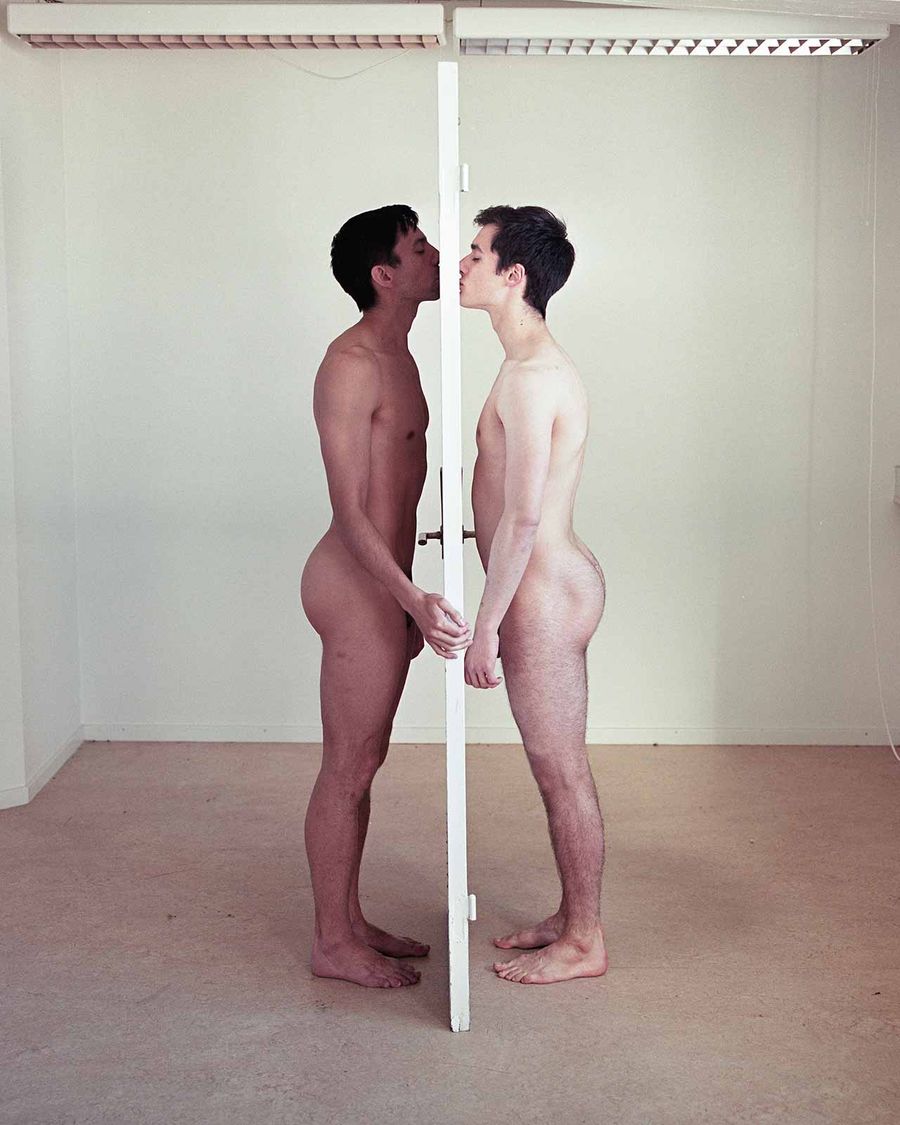
AdeY, Domestic Bliss, 2015.

AdeY, Status Symbol, 2015.
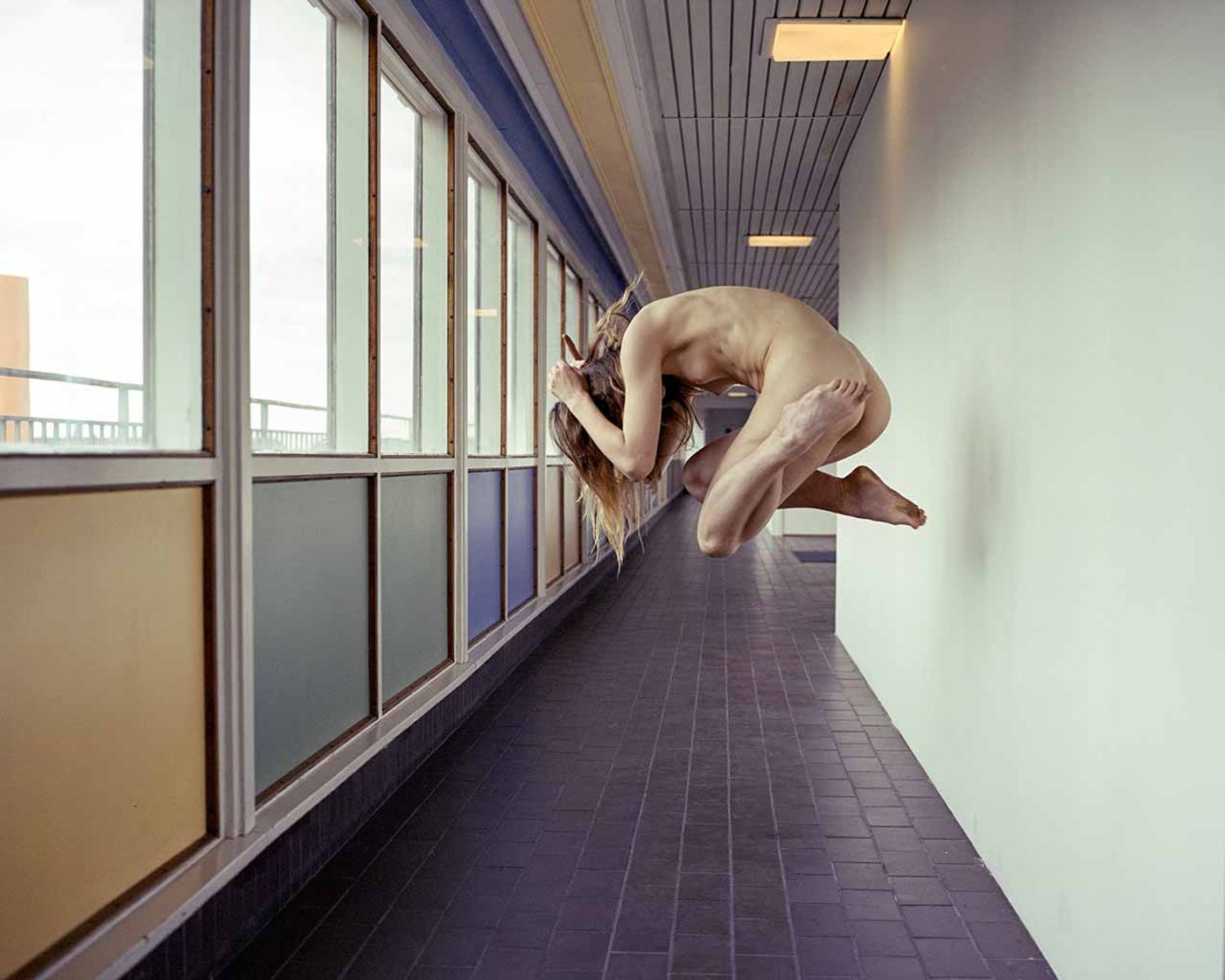
AdeY, Sustain, 2015.
What is your approach to social media like Tumblr and Instagram? Do you find it helpful for promoting your work or does it take something away from the creative process?
Let’s just say it’s a love-hate relationship. It can be very helpful to make connections with people and share my work but social media has taken a lot away from social interaction.
What are you working on right now?
This interview! No, seriously I’m working on a new zine with the amazing Swedish photographer Kersti K and am soon leaving for Thailand for a 1 month photographic residency... Should be interesting!
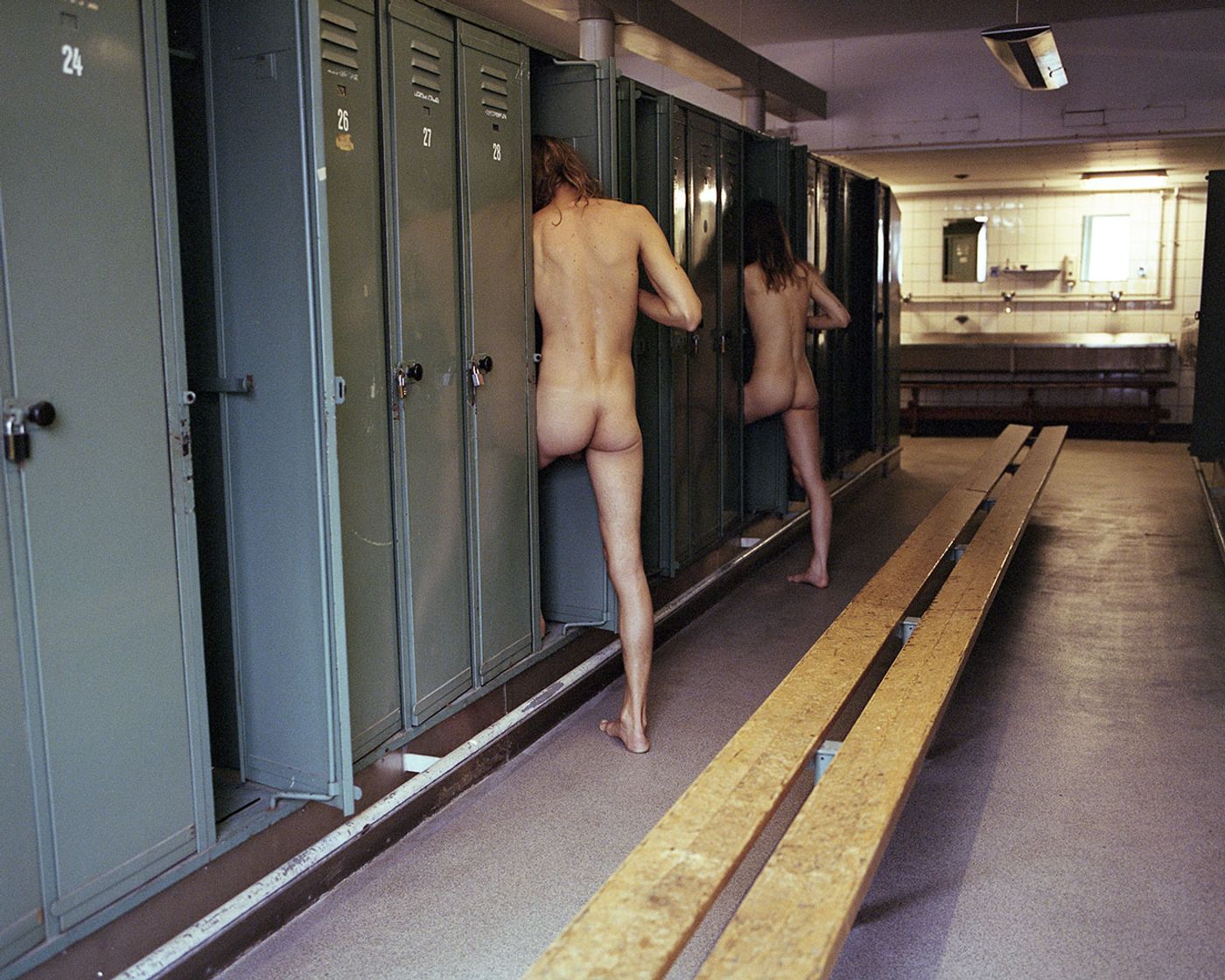
AdeY, Hung, 2015.
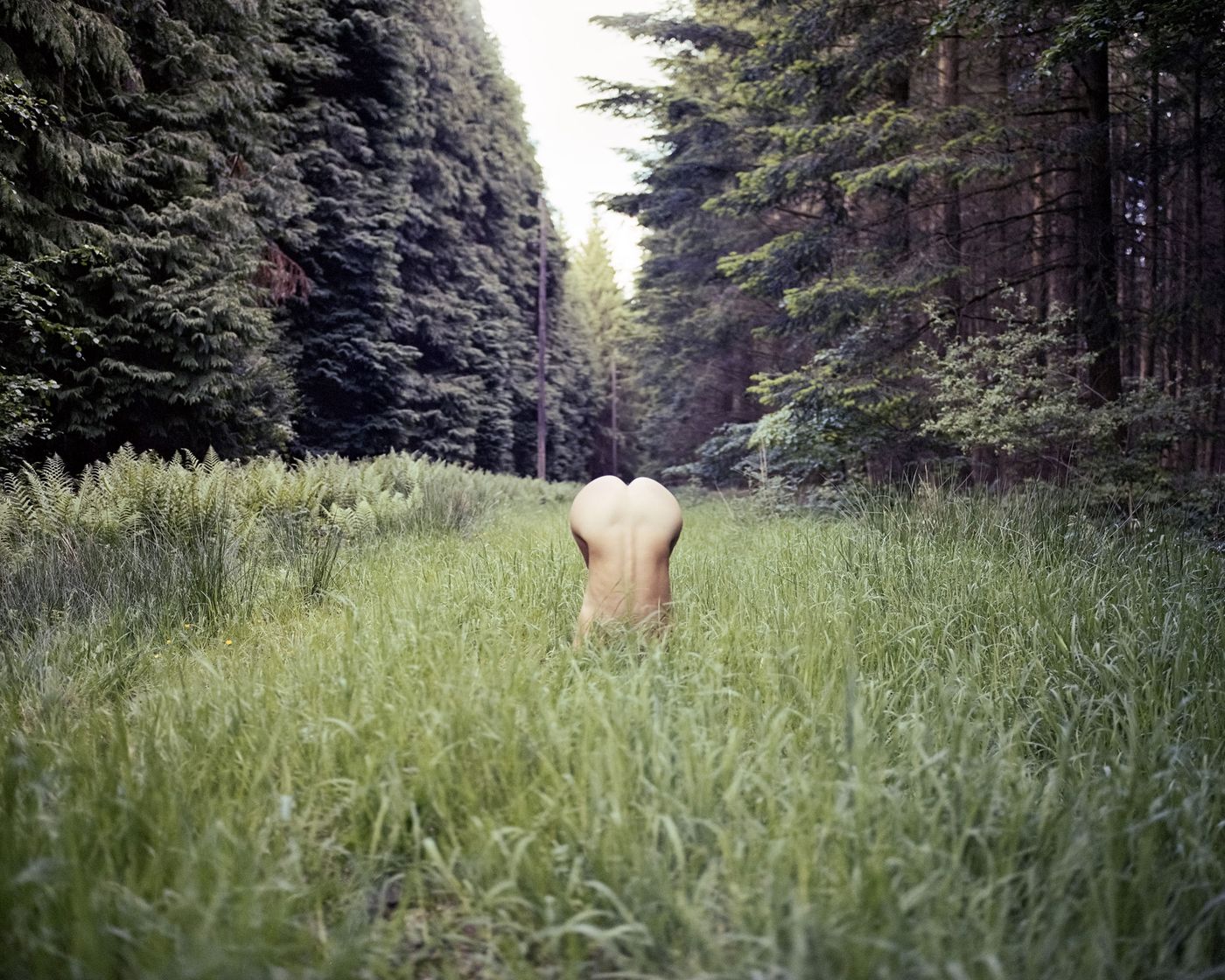
AdeY, Forage Part II, 2015.
